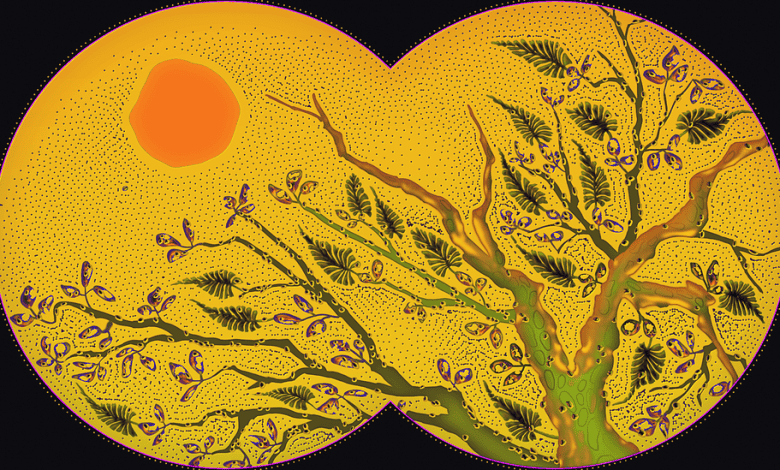Bird Flu Is Our Fault

We don’t yet know if H5N1 bird flu will spill over from animals to infect a large number of humans. Based on the few cases of transmission so far, the World Health Organization has expressed concerns that infection in humans “can cause severe disease with a high mortality rate.”
But already it has wrought devastation upon so many lives. The deaths of millions of birds and mammals around the globe in the last few years directly and indirectly from this outbreak should be enough to spur urgent action to stop the spread of the virus, as well as remind us of the role humans play in the proliferation of infectious diseases.
It’s my belief that humans have an obligation to the nonhuman life we share this planet with to mitigate the harm we’ve enabled this virus to cause. Our unsustainable activities — factory farming, climate-warming emissions and habitat destruction, to name a few — have helped turn bird flu from a natural phenomenon into an anthropogenic disaster. But even if you don’t share that conviction, it is still in our best interest to keep this virus from spreading.
Disease has always been part of avian natural history. Wild birds are routinely exposed to mild viruses, but are seldom killed by them. Humans, however, have introduced factors that favor disease: A warming climate can weaken avian immune systems, and infections spread more easily when birds come into more frequent contact while sharing what little habitat remains.
And factory farming makes things even worse. When farm animals are kept in large numbers and close quarters in poultry and dairy farms, viruses can spread and mutate more easily. It’s a human-facilitated training ground for diseases. The progenitor of today’s H5N1 strain, for example, emerged in 1996 when a virus infecting farmed geese in Guangdong Province in southern China spilled back into wild populations.
Maintaining the health of their animal holdings and their businesses — not to mention the potential risk to farm workers and the ever-present threat of human spillover — requires farmers to act quickly. And when bird flu hits farms, often the only real way to contain it is the precautionary culling of entire flocks, which has resulted in tens of millions of dead hens since 2022. The United States Department of Agriculture recommends that farms use killing methods that avoid suffering. But as many as 66 million chickens and turkeys have been culled with a technique that animal welfare groups call unnecessarily cruel: ventilation shutdown, which kills over several hours through overheating.




